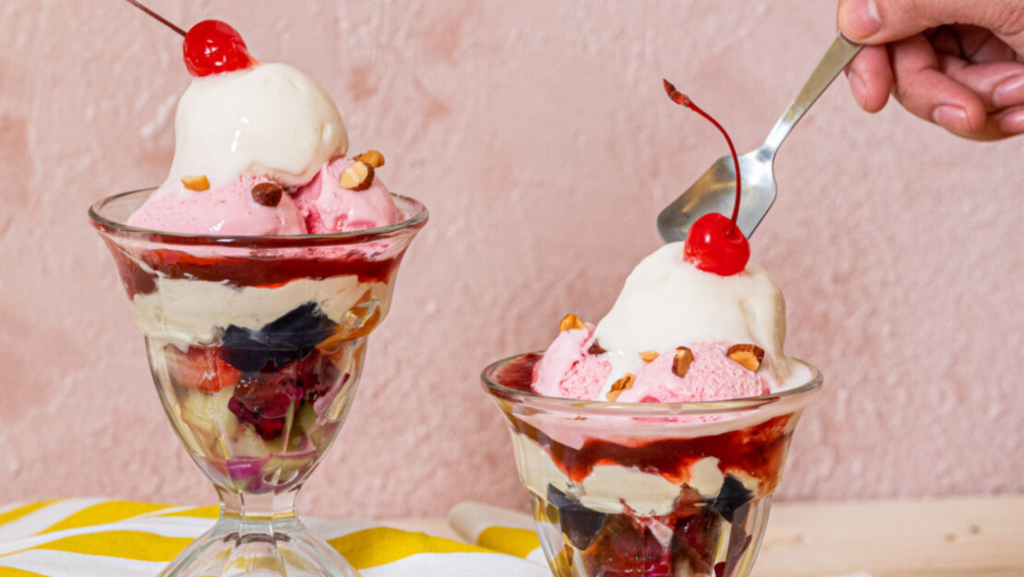Can you name all of these lesser-known Filipino desserts?

Filipino desserts are common in any family gathering or occasion, but there’s more variety than you might think | Photo by Samantha Ong
The conversation surrounding Filipino cuisine doesn’t necessarily revolve around our sweet tooth, but that doesn’t mean we don’t have one. Many of the common Filipino sweets we’ve grown up with are in the same league as pastillas and polvoron, but there’s way more to Filipino sweet treats than that.
Like most of our Asian neighbors, most of our native sweets are a riff on a type of rice cake. Puto, bibingka, palitaw, and kutsinta are all different types of rice cakes that use different ingredients. Ovens aren’t typical in the Philippines, which means most of these are cooked with steam.
The likes of puto are only a fraction of the colorfully tasty world of Filipino desserts, though. Here are just a few examples.
Anything con hielo
View this post on Instagram
Summers in the Philippines are different, and the variety of iced treats we have are proof of that. With the stifling heat and humidity, con hielos have been a popular dessert to help stave it off. And in case you don’t know, con hielo is Spanish for “with ice.”
A “con hielo” dessert is simply a dessert served with shaved ice, sugar, and milk —think of it as halo-halo’s more conservative sibling. Popular con hielo ingredients are mais (corn) and minatamis na saging (sweetened banana).
Knickerbocker

For the Knickerbocker, don’t be shy to use produce that’s widely available in your region. The fresher and more in-season the fruit is, the better.
You may also like: 8 Irresistible Filipino Desserts Every Fil-Am Can’t Resist
Binutong
View this post on Instagram
Binutong is a versatile rice-based dessert that’s popular in Bicol, a region in the Philippines that’s known for its delicious fare. In English, binutong literally translates to “with coconut.” It’s made using black sticky rice, regular sticky rice, coconut milk, and cream.
What sets binutong apart from the many different varieties of sticky rice desserts is that it’s not only a dessert—you can also eat it like plain rice, too. Depending on your mood, you can use it to accompany the main savory dish you’re eating. Or you can slice some fruit (like a ripe mango) on top and have it for dessert.
Silvanas
View this post on Instagram
In 2022, a Filipino couple in Illinois revived a “dead” Filipino cookie: silvanas. Its “dead” status doesn’t apply to the Philippines, though. Silvanas is a dessert popular all over the country, but specifically in Dumaguete where they make it by the thousands on a daily basis.
Silvanas is a frozen cookie made with buttercream filling sandwiched between layers of cashew meringue and lightly coated in cookie crumbs. It’s usually served frozen and accompanies a steaming cup of coffee or tea.

